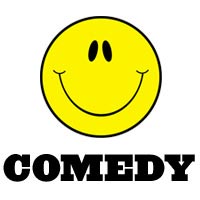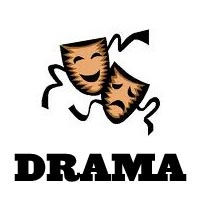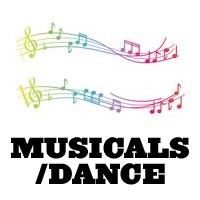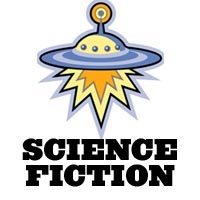Death rate: the ratio of deaths in an area to the population of that area; expressed per1000 per year.
Natural increase: is the crude birth rate minus the crude deathrate of a population. When looking at countries, it gives an idea of what position in the DemographicTransition Model, but to find out how much a country is growing, the population growth rate should beobserved.
Infant mortality rate: the death rate during the first year of life.
 Life expentancy: The number of years that an individual is expected to live as determined by statistics.
Life expentancy: The number of years that an individual is expected to live as determined by statistics.
Dependency ratio: The dependency ratio is a measure showing the number of dependents, aged zero to 14 and over the age of 65, to the total population, aged 15 to 64.
Dependent population: is the ratio of the population defined as dependent (the population aged 0-19 and 65 and over) divided by the population 20-64, multiplied by 100.
Family planning: limiting the number of children born.
Population pyramid:A diagram showing successive age groups as a pyramid of horizontal bars. Each bar’slength shows the relative size of one age group.
Replacement rate:is the percentage of a worker's pre-retirement income that is paid out by a pension program upon retirement.
Fertility rate:the ratio of live births in an area to the population of that area; expressedper 1000 population per year.
Ageing population: is a phenomenon that occurswhen the median age of a country or region rises dueto rising life expectancy and/or declining birth rates.
Population distribution:the arrangement or spread of people living in a givenarea; also, how the population of an area is arrangedaccording to variables such as age, race, or sex.
More economically debeloped country(MEDC):The way that a country organizes its use of money, goods, and trade is described as its economy.
Less economically developed country(LEDC):is a country that is considered lacking in terms of its economy, infrastructure and industrial base.













